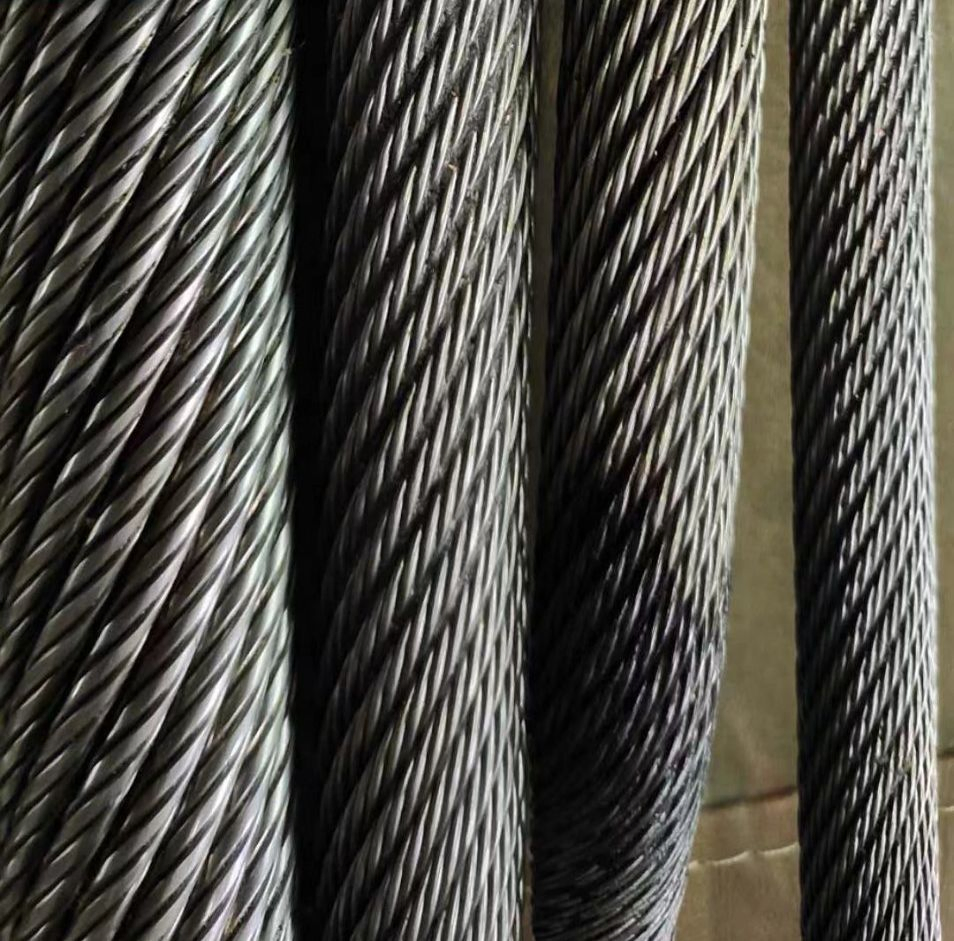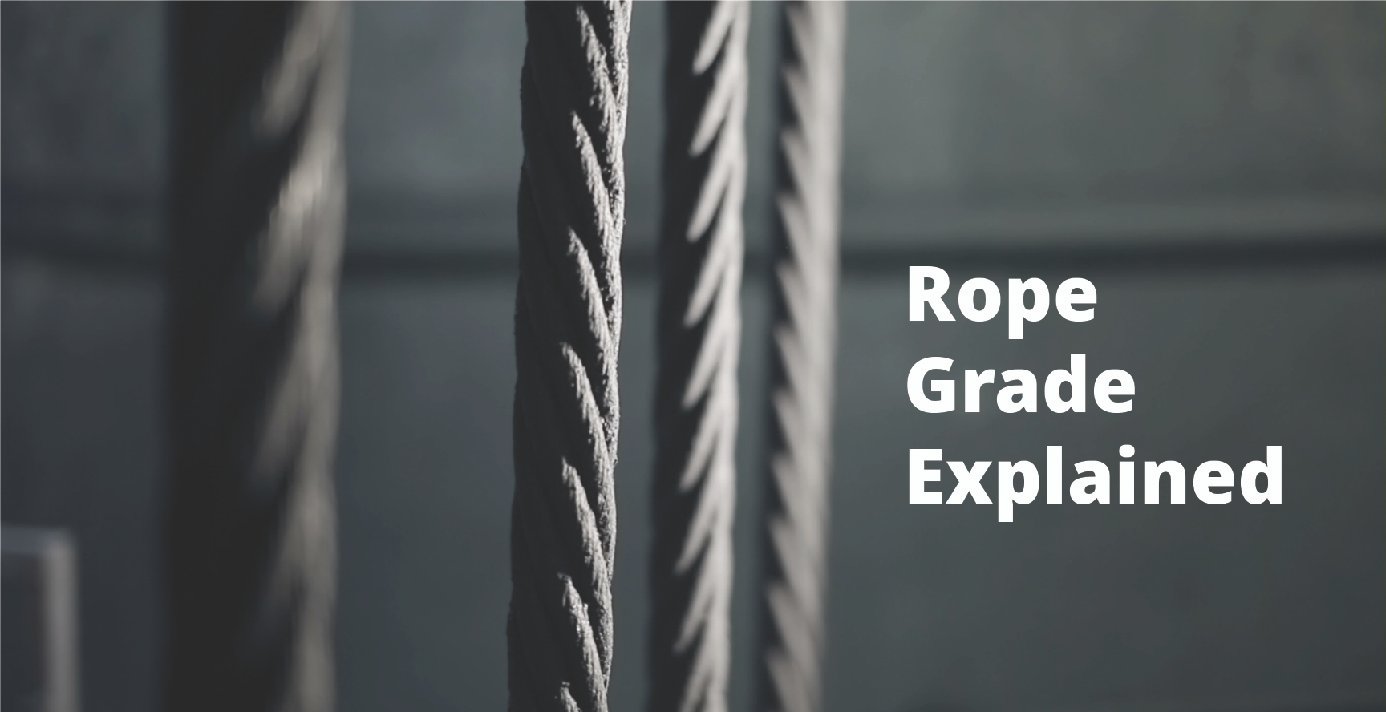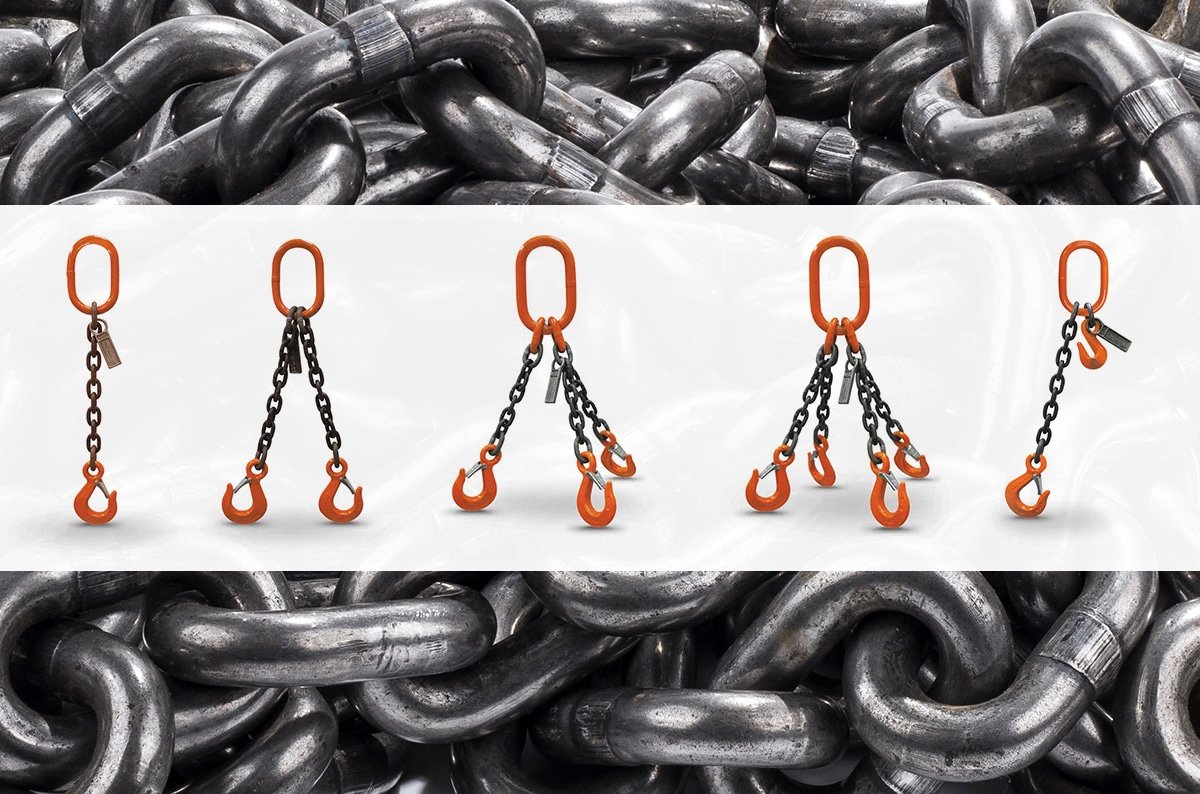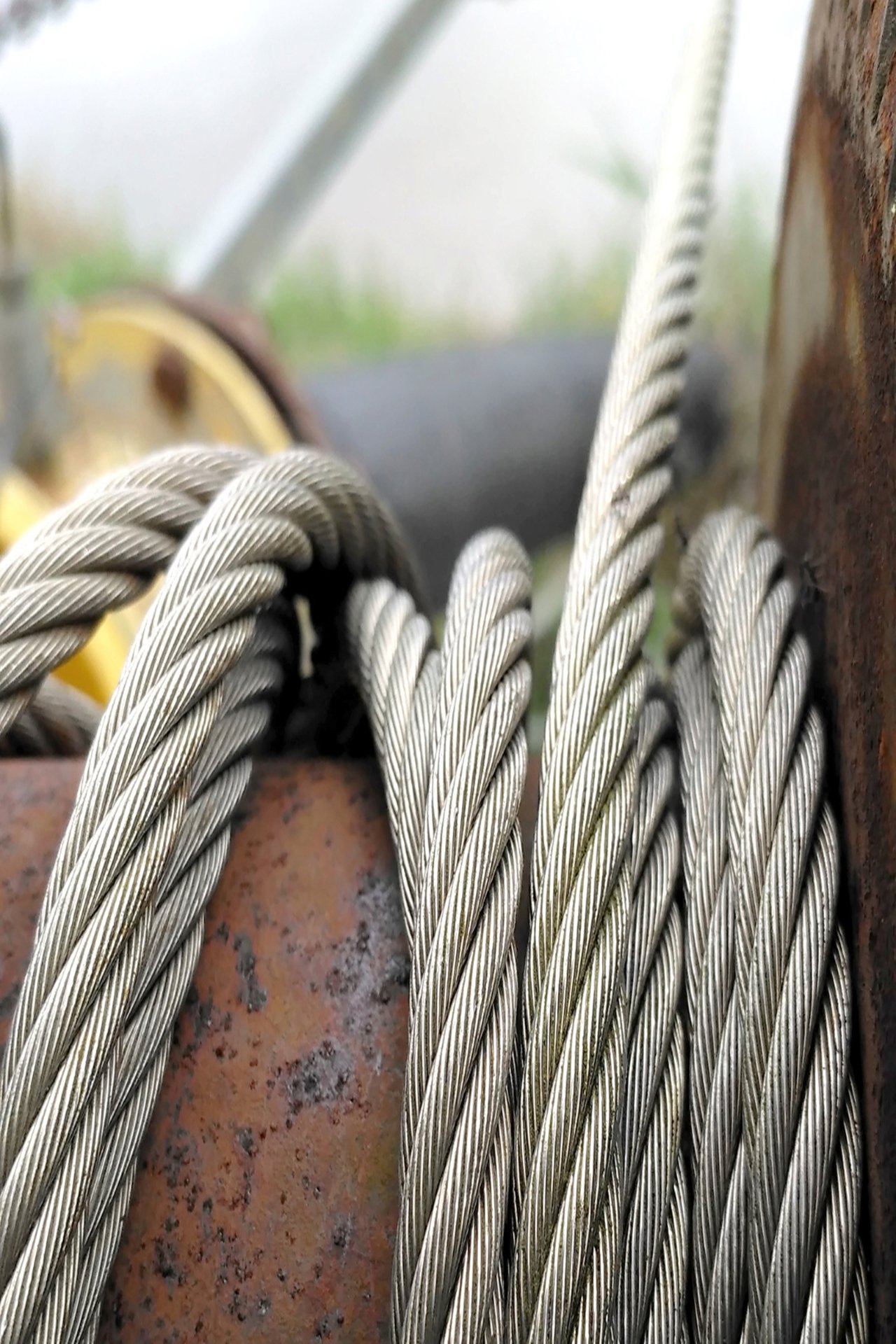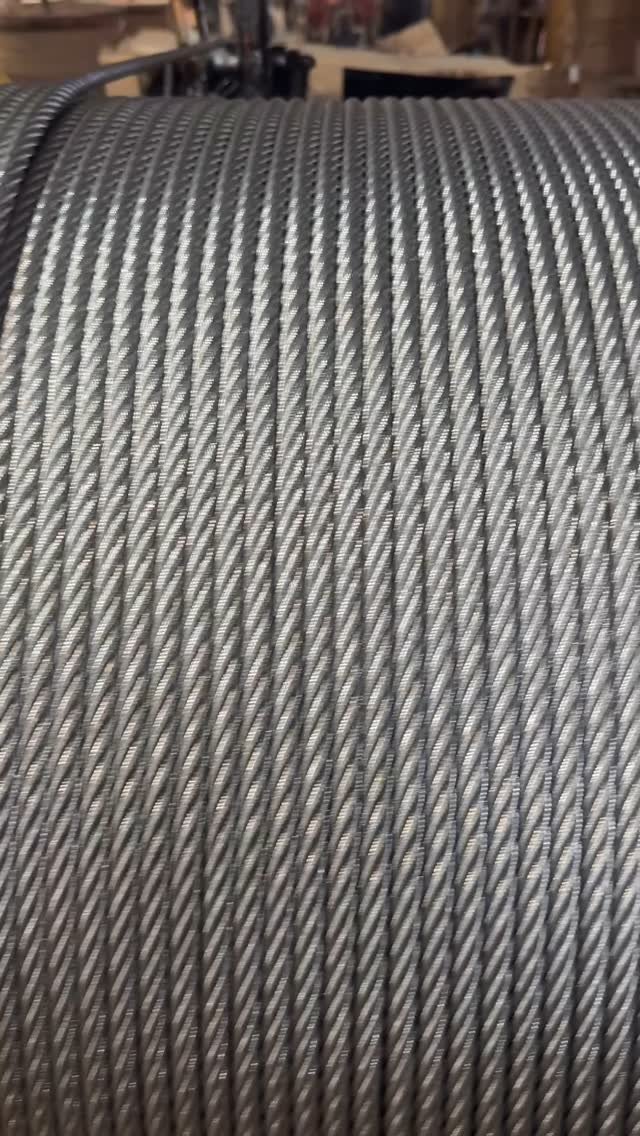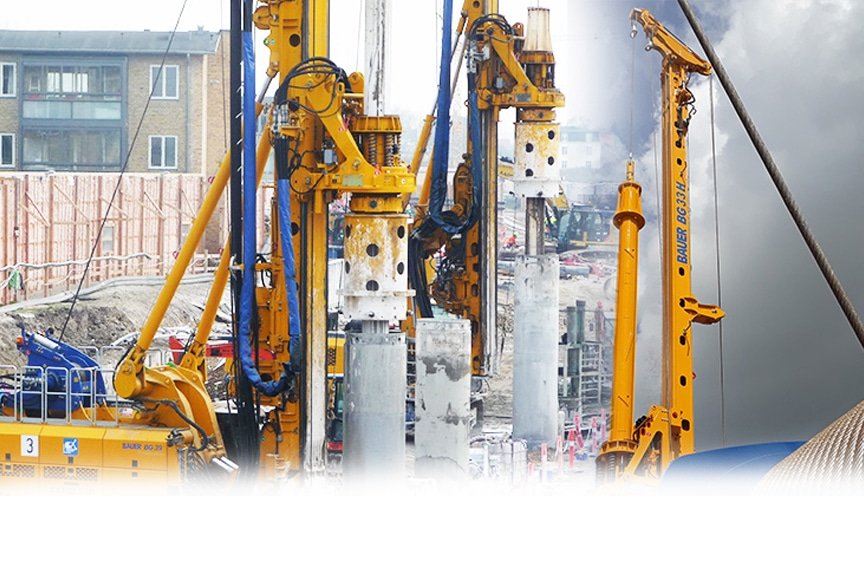
Are your wire rope clips installed correctly? Incorrect installation can lead to dangerous failures. You need to ensure safety and strength for your operations.
Properly installing wire rope clips involves placing the saddle on the live end. The U-bolt goes on the dead end. Then, you tighten nuts evenly.
I understand the challenges you face when working with wire ropes. My name is Jessica Cheng. For years, I have seen many people make common mistakes. These mistakes can reduce safety. We all want our operations to be safe. Let me share what I know.
What Tools Do I Need for Wire Rope Clip Installation?
Working with wire ropes requires the right tools. Using correct tools makes the job easier. It also ensures safety. What tools are essential for you?
You will need a measuring tape, wrenches, and a torque wrench. Proper tools ensure a secure and safe wire rope termination.

Dive Deeper: Gathering Your Essential Toolkit
First, you need a measuring tape. This helps you get the right length of the dead end. Accuracy is important here. You need to know the length of the wire rope.
Second, you need wrenches. You will use these to tighten the nuts on the U-bolt. Make sure your wrenches fit the nut size. Wrong size wrenches can strip the nuts.
Finally, you need a torque wrench. This tool is very important. It ensures you apply the correct tightness. Over-tightening or under-tightening can be dangerous. Each clip has a specific torque requirement. You must follow this requirement.
Here is a quick list of the tools you need:
| Tool | Purpose | Why it’s important |
|---|---|---|
| Measuring Tape | Measuring dead end length | For precise setup |
| Open-end or Box Wrench | Tightening nuts evenly | Basic securement |
| Torque Wrench | Applying specified torque to nuts | Ensures safety |
What is the “Never Saddle a Dead Horse” Rule in Wire Rope Clips?
This rule is about safety. It helps you remember how to place the clips. Correct placement makes terminations strong. Do you know this important rule?
The “Never Saddle a Dead Horse” rule means the U-bolt always clamps the dead (short) end of the wire rope. The saddle rests on the live (long) end.
It is a simple rule. But it is very easy to forget. I have seen it many times. People put the clip on backward. This reduces the strength of the connection. It creates a weak point. A weak point can cause failure. You do not want that.
Dive Deeper: Understanding Clip Orientation for Maximum Strength
Think about the structure of the wire rope. The live end carries the load. It is under tension. The dead end is the free end. It is secured by the clips.
The U-bolt has a curved shape. It squeezes the wire rope. If the U-bolt is on the live end, it can damage the rope’s strands. This damage can weaken the rope. It can lead to failure.
The saddle on the other hand is flat. It spreads the pressure. When the saddle is on the live end, it protects the rope. It prevents crushing. This protects the wire rope’s strength.
Here is a breakdown of the rule:
- Live End (Long End): This part of the rope carries the load. It needs to be protected. The saddle of the clip should rest on this end. This spreads pressure evenly.
- Dead End (Short End): This is the free end. It is clamped by the U-bolt. The U-bolt should tightly grip this part. It holds the dead end securely.
Remember this rule clearly. It is critical for the safety and strength of your wire rope assembly. Do not make this mistake.
How Many Wire Rope Clips Should I Use?
The number of clips matters for safety. Using too few clips is dangerous. Using the right number ensures a strong connection. How many clips do you really need?
The correct number of wire rope clips depends on the rope diameter and material. Always refer to the manufacturer’s recommendations or relevant standards.
Choosing the right number of clips is not guesswork. Each size of wire rope needs a specific number of clips. This is based on tests. It ensures the connection can hold the load. I always recommend following the rules.
Dive Deeper: Standard Requirements for Clip Quantity
Standards like EN12385-4 provide clear guidelines. These standards tell us the minimum number of clips. They also specify the spacing between clips. And they tell us how far from the thimble the first clip should be.
For example, a thick wire rope needs more clips than a thin one. This is because thicker ropes carry heavier loads. More clips mean more contact points. This spreads the load better. It makes the connection stronger.
Here is a common guide, but always check the specific wire rope clip manufacturer’s instructions or local standards:
| Rope Diameter (in) | Min. Number of Clips | Spacing Between Clips (in) | Distance from Thimble (in) |
|---|---|---|---|
| 1/4 | 2 | 1 1/2 | 3 |
| 3/8 | 3 | 2 1/4 | 4 1/2 |
| 1/2 | 3 | 3 | 6 |
| 5/8 | 4 | 3 3/4 | 7 1/2 |
| 3/4 | 4 | 4 1/2 | 9 |
Note: These are general guidelines. Always consult official charts for specific applications.
After installing the clips, you should perform a “retorque.” This means re-tightening the nuts. Wire rope can stretch a little when first loaded. Retorquing ensures the clips remain tight. Do this after the first load is applied. Also, check tightness regularly.
How Can Aulone Help with Wire Rope Clip Needs?
You might wonder how my company, Aulone, fits in. We supply high-quality wire ropes. We understand these rules deeply. We ensure our products meet standards.
Aulone provides high-quality wire ropes compliant with EN12385-4. We offer customized solutions and certifications for your specific application needs.
We have been in this business for a long time. Our factory has four production lines. We export to many countries. These include Singapore, Indonesia, and Australia. We know what customers need.
Dive Deeper: Aulone’s Commitment to Quality and Support
We offer wire ropes like crane wire rope, elevator wire rope, and marine wire rope. We also have galvanized and stainless steel wire ropes. We can even provide specialized assemblies. We can customize logos. This means our products fit your exact needs.
Our products are designed for high breaking load. They are durable. We understand that safety is key. Buying wire ropes from Aulone means you get reliable products. You also get support from experts. We help you choose the right product. We ensure it fits your application.
Here is why choosing Aulone makes sense:
- Quality: Our ropes have high tensile strength and breaking load. They meet EN12385-4.
- Certifications: We provide BV & CE, RSRM certificates if you need them.
- Customization: We offer plastic impregnated and galvanized options. We can add your logo.
- Experience: We export globally. We understand different market needs.
- Support: We work with you to find the best solutions for your projects.
Choosing the right wire rope and knowing how to install it is vital. We are here to help.
Conclusion
Proper wire rope clip installation ensures safety and strength. Use the right tools, follow the “Never Saddle a Dead Horse” rule, and use the correct number of clips. Trust Aulone for quality wire ropes.

